Overview
The article emphasizes seven essential considerations for prospective buyers of vacant land, including location, physical characteristics, zoning regulations, flood zone implications, ongoing costs, access, and property taxes. Each aspect is crucial for informed decision-making, as they collectively influence the land’s value, usability, and long-term financial commitments, highlighting the complexities involved in land acquisition.
Introduction
In the realm of real estate, the acquisition of vacant land presents a unique set of challenges and opportunities that require careful consideration and strategic planning. The multifaceted nature of land purchases encompasses critical factors such as:
- Location
- Physical characteristics
- Zoning regulations
- Financial obligations
Each of these factors plays a pivotal role in determining the viability and value of the investment. As market dynamics shift and buyer demographics evolve, understanding these elements becomes essential for making informed decisions.
This article delves into the intricacies of vacant land purchases, offering a comprehensive examination of the key considerations that experienced architects and investors must navigate to optimize their land acquisition strategies and ensure successful project outcomes.
1. The Importance of Location in Vacant Land Purchases
When assessing vacant land, the importance of location cannot be overstated. Proximity to essential amenities—such as schools, shopping centers, and transportation hubs—can substantially enhance the value of vacant land. Current trends indicate that properties situated near these conveniences are experiencing notable appreciation, with contract signings increasing across all four U.S. regions, particularly in the West.
Additionally, pending home sales increased by 2.2% in November 2024, reflecting a broader market recovery. According to Brad O’Connor, Chief Economist for Florida REALTORS®, understanding the dynamics of a neighborhood’s growth potential and its zoning plans is critical; he remarked at the 2024 Real Estate Forecast Summit that
location remains a fundamental driver of value in real estate.
For instance, vacant land located near upcoming infrastructure projects often sees more rapid appreciation compared to parcels in less strategic locations.
This trend is particularly relevant as younger buyers, including Gen Z and millennials, are adopting innovative strategies like co-living arrangements and equity-sharing programs, as highlighted in the case study titled ‘Creative Homeownership Solutions.’ Therefore, conducting comprehensive research into the area’s demographics, existing amenities, and future developments is essential for making informed purchasing decisions, especially in the context of the current market where the U.S. home price growth has dipped to 4.7% year over year as of August 2024. Furthermore, with anticipated rate cuts unlikely to revive growth, understanding location dynamics becomes even more crucial.
2. Assessing the Physical Characteristics of the Land
Prior to acquiring vacant land, an in-depth assessment of its physical characteristics is imperative. Key considerations include:
- Soil quality
- Drainage capabilities
- Topography
Soil tests are crucial for assessing whether the area can support the proposed structures and landscaping.
Notably, soil fertility is a time-intensive process; it typically requires around 3000 years to develop fertile soil. Additionally, evaluating the topography is critical for effective planning of building layouts and infrastructure. For instance, sloped terrain may necessitate extra grading and drainage solutions, which can significantly increase overall project costs, highlighting the financial implications of topography in development.
As highlighted by Rosana Grecchi from Sustainably Yours/EEA,
Rain on sealed surfaces runs off rather than seeping into the soil, where it can be filtered and replenish the groundwater.
This highlights the significance of considering drainage in property assessments. The complexities involved in soil quality assessments, as evidenced by case studies like the Identification of Duplicate Soil Profiles, illustrate the need for meticulous evaluations to avoid overlooking critical soil characteristics.
Furthermore, the United Kingdom Soil Observatory (UKSO) promotes the utilization of soil data to enhance sustainable use practices, ensuring that assessments of terrain characteristics align with environmental considerations. Ultimately, a comprehensive evaluation of property characteristics, especially vacant land, is vital for informed decision-making in purchases.
3. Navigating Permits and Zoning Regulations
Navigating permits and zoning regulations is a pivotal aspect of the property purchasing process that can significantly influence project outcomes. Buyers must conduct thorough research into local zoning laws to ascertain permissible structures and identify any restrictions that may apply. For example, certain jurisdictions impose height limitations or mandate specific architectural styles, which can affect design choices.
Additionally, securing the necessary permits prior to construction is essential to mitigate legal complications. Engaging with local planning departments early in the process not only clarifies the requirements but also helps to streamline the development timeline. According to real estate attorneys, understanding these regulations is crucial; as one attorney noted, “Navigating the intricacies of zoning can often determine the success or failure of a project.”
Moreover, the average time to obtain building permits varies widely by region, underscoring the need for careful planning and timely applications. Recent changes in zoning regulations, such as those seen in Walla Walla, Washington, which eliminated single-family zoning laws in 2018, further highlight the evolving landscape of property development. Experts suggest that zoning reforms alone are insufficient to solve the housing crisis, emphasizing the need for additional policy reforms, such as increased housing subsidies and protections for renters.
Staying updated on these changes, including federal and state incentives that can motivate localities to modify zoning regulations, will allow purchasers to make strategic choices when acquiring property.
4. Understanding Flood Zone Implications
For potential property purchasers, ascertaining if a parcel is located within a flood zone is of utmost significance. Properties located in flood-prone areas often necessitate additional insurance coverage, which can significantly impact overall costs. The National Flood Insurance Program (NFIP) reports an average flood insurance premium of approximately $700 annually, with this figure varying based on location and flood risk.
In Virginia, this average rises to $711, highlighting the financial burden that can accompany flood-prone properties. As outlined in the case study titled ‘Cost of Flood Insurance,’ homes in high-risk areas may face higher premiums, while private insurers are emerging with competitive rates and additional coverage options. It is recommended for purchasers to consult the latest FEMA flood maps, which have been updated for 2024, to accurately evaluate the flood risk associated with specific properties.
Furthermore, understanding historical flood patterns can provide critical insights into potential future risks, aiding in informed decision-making. As emphasized by Florida All Risk Insurance, ‘At Florida All Risk Insurance, we’re not just about policies; we’re about protecting what matters most to you.’ This knowledge is vital for ensuring safety and avoiding potentially costly liabilities in the future.
For further assistance, potential buyers can reach out to us at [phone number] or [email].
5. Evaluating Fees and Ongoing Costs
When obtaining vacant land, it is essential for architects to meticulously evaluate all associated fees and ongoing costs. These include various elements, such as real estate levies, maintenance fees, and, where relevant, homeowners’ association dues. In 2024, tax rates for vacant land differ considerably among states, emphasizing the necessity of comprehensive investigation.
For instance, in Philadelphia, the average tax burden for owner-occupied homes was $1,131 in 2021; however, the broader household tax burden, including wage taxes, underscores the complexity of local tax structures that can impact investments in vacant land. This complexity is further illustrated by the case study on Philadelphia’s real estate tax burden concerning vacant land, which reveals that while the tax rate may seem manageable, the overall tax implications can be significant. Additionally, potential buyers should assess the costs of connecting essential utilities—water, electricity, and sewage—since these can substantially increase the total investment.
Understanding these financial commitments is vital for effective budgeting and can help prevent unexpected financial burdens post-purchase. Financial advisors often emphasize that a detailed cost analysis prior to acquisition is integral to sound investment strategy, particularly in light of ongoing trends in real estate taxation and the nuances of local regulations. Importantly, with the existing legislative climate, including Governor Sarah Huckabee Sanders’ recent appeal for cuts, it is vital to remain aware of alterations that could affect real estate levies.
Additionally, it is crucial to remember that 1000 mills equal $1, providing a useful metric for calculating taxes that architects should consider during their evaluations.
6. Ensuring Proper Access and Easements
Securing proper access to property is fundamental for effective usability and development. Buyers must diligently verify that the asset possesses legal access through public roads or existing easements. In situations where the area is surrounded by other properties, obtaining access rights can pose considerable challenges, often requiring complex discussions with adjacent property owners.
Adhering to zoning regulations is essential, as it can influence the possible applications of the area. Additionally, ensuring utility access is essential for development and ongoing maintenance, which are pivotal for the area’s long-term viability in an evolving real estate landscape. The overall grade for U.S. infrastructure, as noted in the 2021 ASCE report card, is a C-, highlighting the critical importance of addressing access issues.
For example, case studies have demonstrated that successful easement negotiations can significantly affect use and development outcomes. As Ryan B. Paul, CPA Partner, aptly states,
The flexibility to adapt and innovate will be key in leveraging the dynamics of an ever-evolving real estate landscape.
This insight underscores the importance of access and easements in shaping development strategies.
7. Understanding Property Taxes and Financial Obligations
Acquiring a comprehensive grasp of property levies and financial responsibilities is essential for real estate purchasers. Property taxes can show considerable variation based on geographic location and intended use of the property, significantly influencing the overall cost of ownership. In Orange County, for example, fewer than 20% of homes have lowered prices, emphasizing the competitive nature of the market that property purchasers must navigate.
The competitive real estate environment emphasizes the necessity for purchasers to closely examine current tax rates and anticipate potential increases. As the experts at Orange County Real Estate, Inc. state,
Our commitment is to the success of our clients in navigating the Orange County real estate market.
Additionally, recent trends indicate that financial obligations related to vacant land ownership are becoming increasingly complex, with many purchasers overlooking ongoing costs that can lead to unexpected financial strain.
The recent rise in active listings, with 3,497 homes listed compared to 3,480 the prior week, offers more choices for purchasers while sustaining a competitive market. It is equally vital for buyers to investigate any special assessments or liens that may exist on the property, as these can substantially impact the financial viability of the investment. By conducting a meticulous financial analysis, prospective landowners can ensure they are adequately prepared for the continuous costs associated with owning vacant land, thereby safeguarding their investment for the future.
Conclusion
Understanding the intricacies of vacant land purchases is essential for architects and investors aiming to navigate the complexities of real estate effectively. The significance of location cannot be overstated, as it directly influences property value and appreciation potential. Comprehensive research into the surrounding amenities and future developments is critical to making informed decisions that align with market trends.
Equally important is the assessment of the land’s physical characteristics, including soil quality and drainage capabilities, which play a vital role in determining the feasibility of development projects. Navigating local zoning regulations and securing the necessary permits can significantly affect project timelines and outcomes, underscoring the importance of early engagement with planning departments.
Moreover, understanding flood zone implications and associated insurance costs is crucial for mitigating future liabilities. Evaluating ongoing financial obligations, such as property taxes and utility connections, ensures that buyers are prepared for the financial landscape of land ownership. Lastly, ensuring proper access and easements is fundamental for the usability of the land, impacting long-term development strategies.
In conclusion, a meticulous approach to vacant land acquisition, encompassing these key considerations, will empower architects and investors to optimize their strategies and achieve successful project outcomes. By prioritizing thorough research and strategic planning, stakeholders can navigate the complexities of the real estate landscape and make informed decisions that enhance the value of their investments.
Frequently Asked Questions
Why is location important when assessing vacant land?
Location is crucial because proximity to essential amenities like schools, shopping centers, and transportation hubs can significantly enhance the value of vacant land. Properties near these conveniences tend to appreciate more rapidly.
What current trends are observed in the real estate market regarding vacant land?
Current trends indicate that vacant land near essential amenities is experiencing notable appreciation, with contract signings increasing across all U.S. regions, particularly in the West. Additionally, pending home sales rose by 2.2% in November 2024, reflecting a broader market recovery.
What factors should be considered when evaluating the growth potential of a neighborhood?
It is essential to understand a neighborhood’s growth potential and zoning plans. Properties near upcoming infrastructure projects often see more rapid appreciation compared to those in less strategic locations.
How are younger buyers approaching homeownership in the current market?
Younger buyers, including Gen Z and millennials, are adopting innovative strategies like co-living arrangements and equity-sharing programs to navigate the housing market.
What physical characteristics should be assessed before acquiring vacant land?
Key considerations include soil quality, drainage capabilities, and topography. These factors are vital for effective planning and ensuring the land can support proposed structures.
Why are soil tests important in land assessment?
Soil tests are crucial to determine if the area can support the intended structures and landscaping. Soil fertility development is a lengthy process, taking around 3000 years, making it essential to evaluate soil quality meticulously.
How does topography affect land development?
Topography is critical for planning building layouts and infrastructure. For example, sloped terrain may require additional grading and drainage solutions, which can significantly increase project costs.
What is the significance of drainage in property assessments?
Proper drainage is essential as rain on sealed surfaces runs off instead of replenishing groundwater. Evaluating drainage capabilities helps prevent potential issues related to water management on the property.
What resources can aid in soil and land assessments?
The United Kingdom Soil Observatory (UKSO) promotes the use of soil data to enhance sustainable practices, emphasizing the importance of comprehensive evaluations of soil and terrain characteristics for informed purchasing decisions.

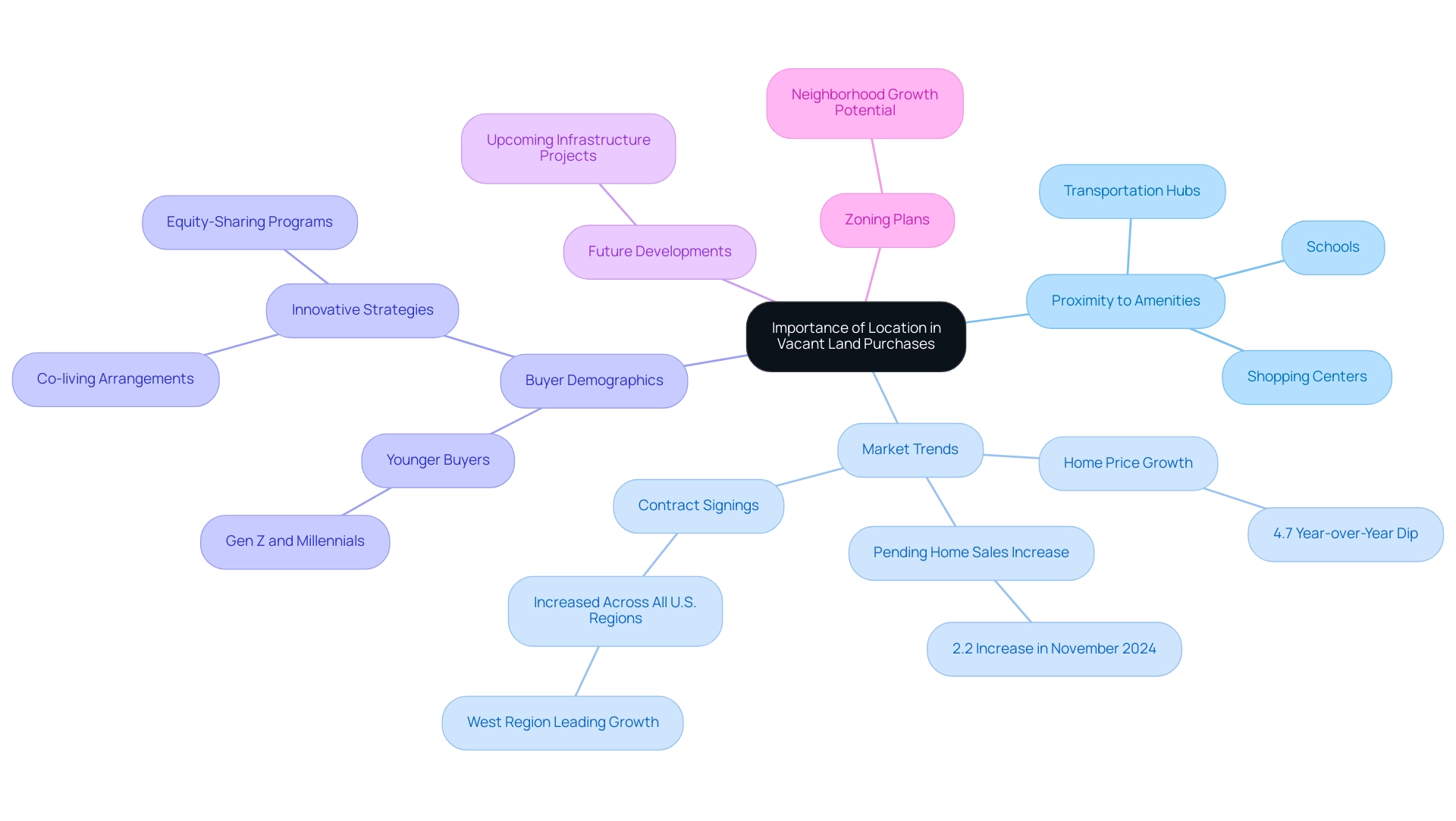
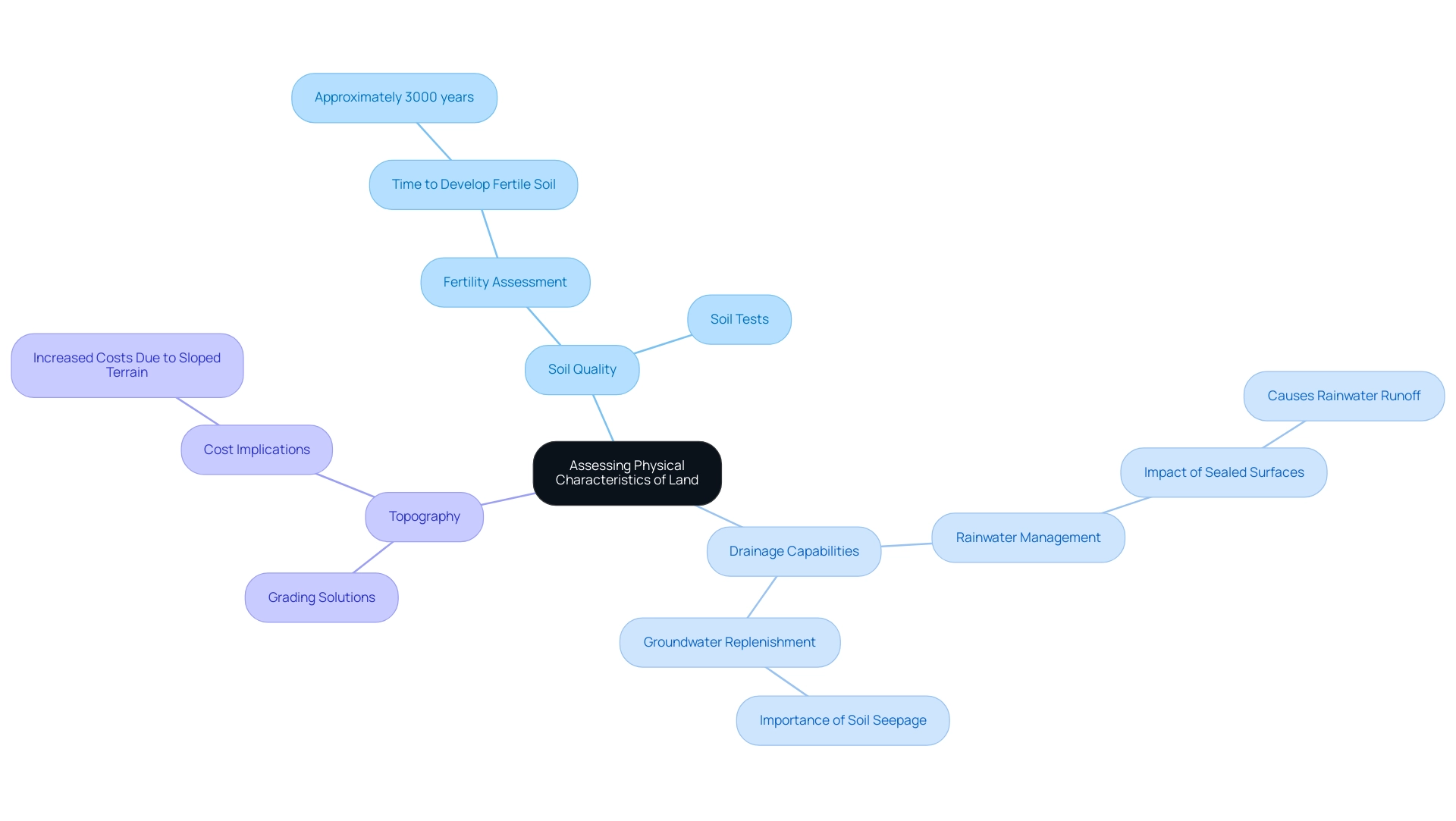
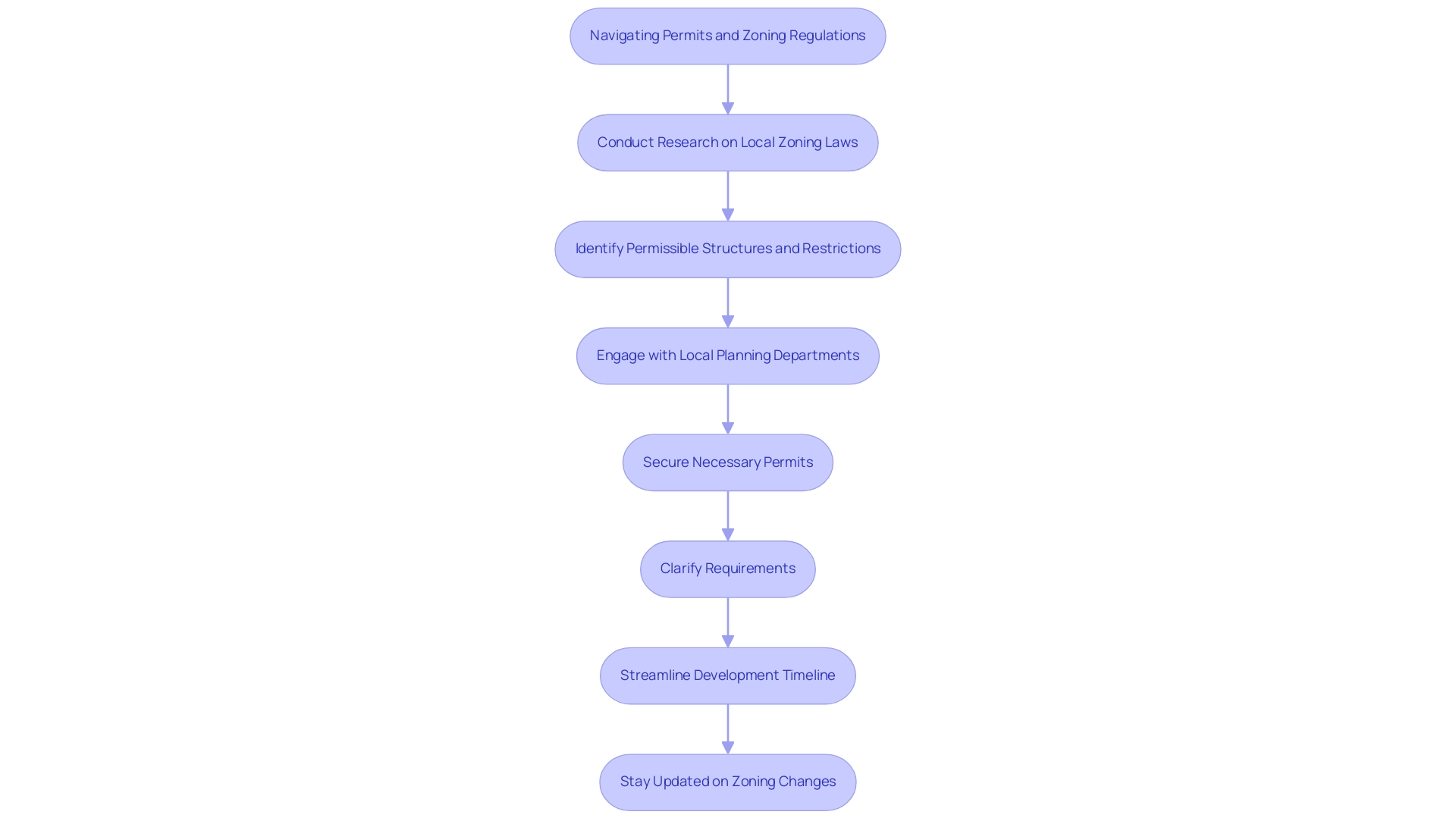
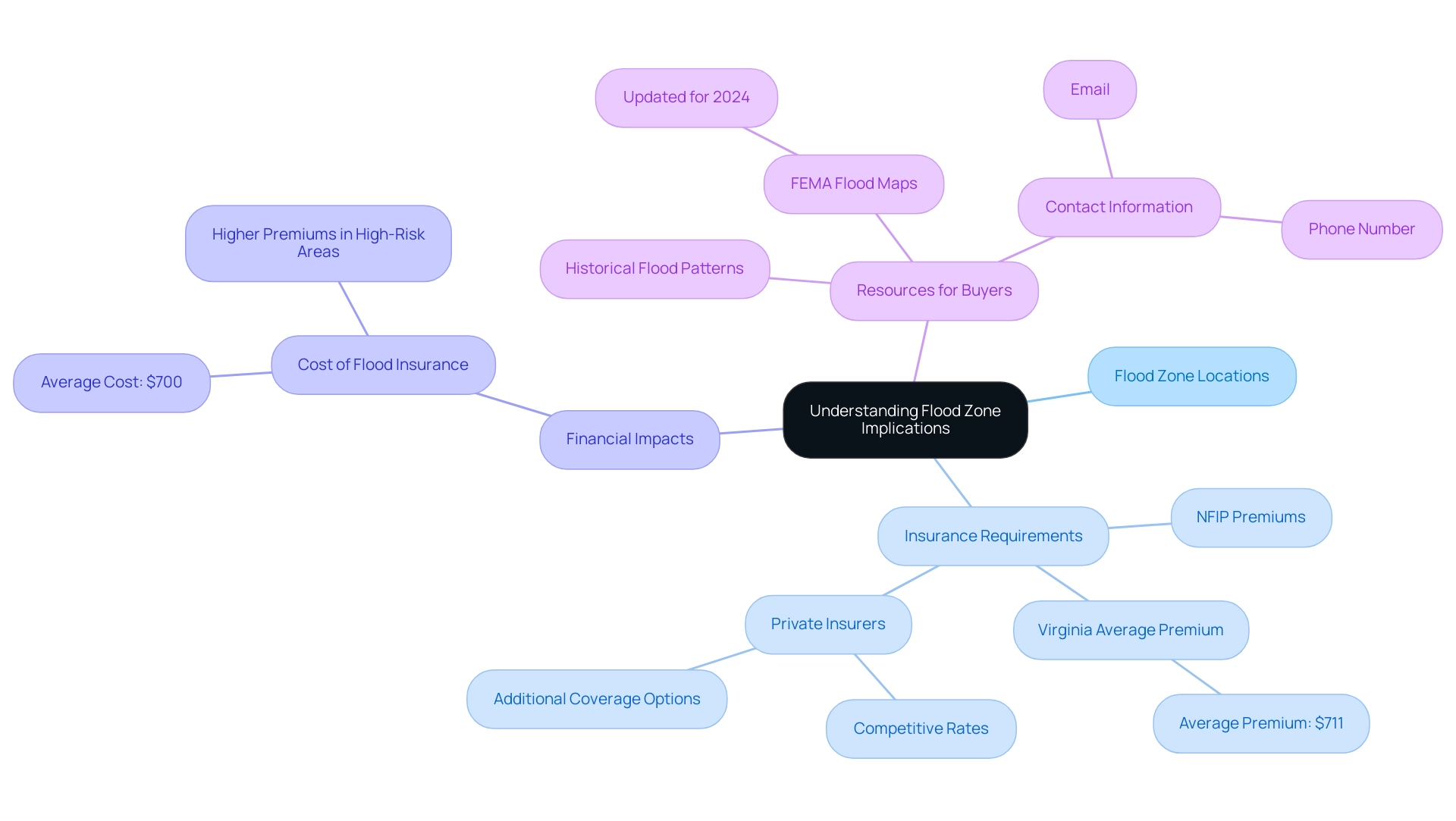
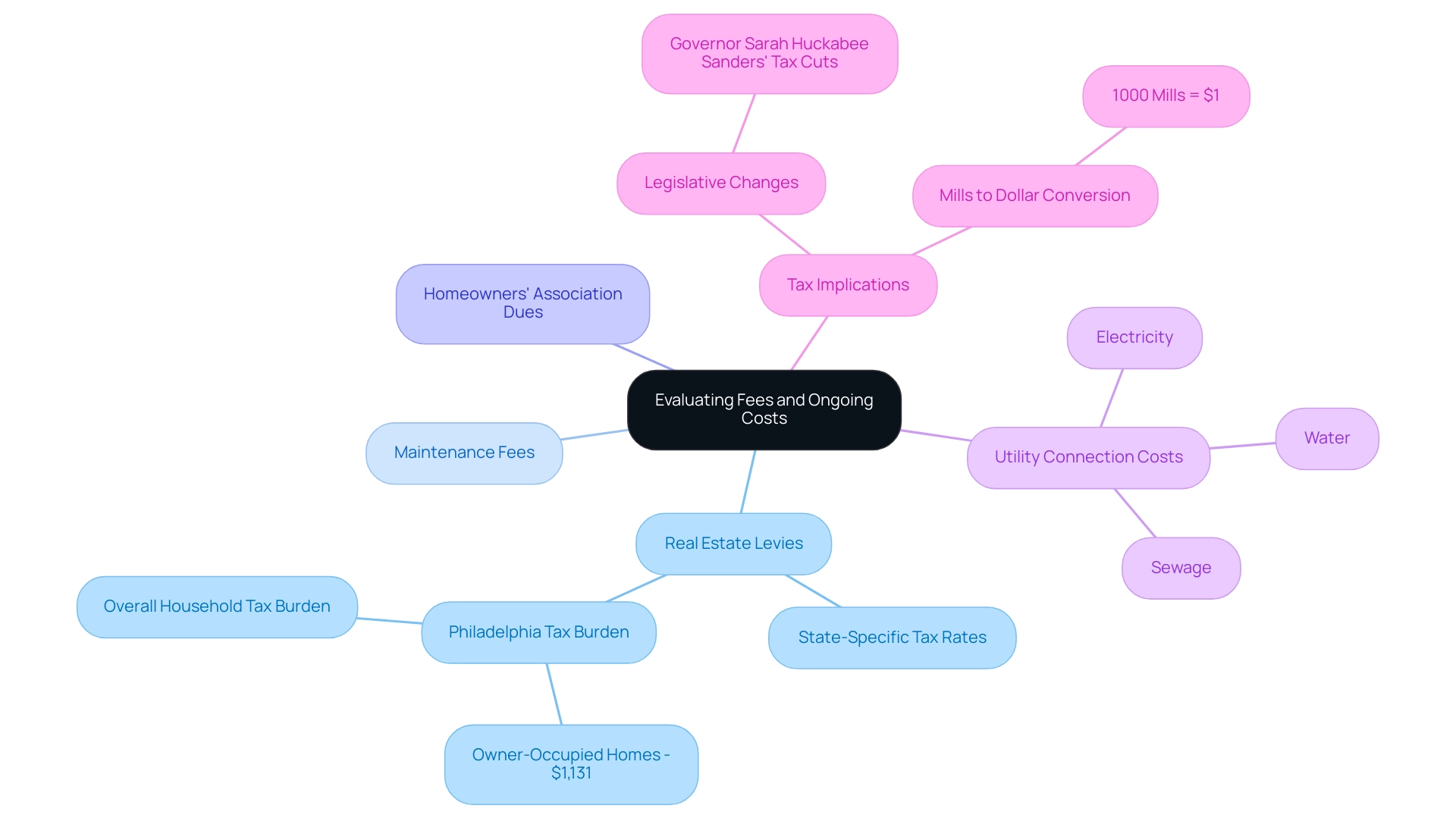
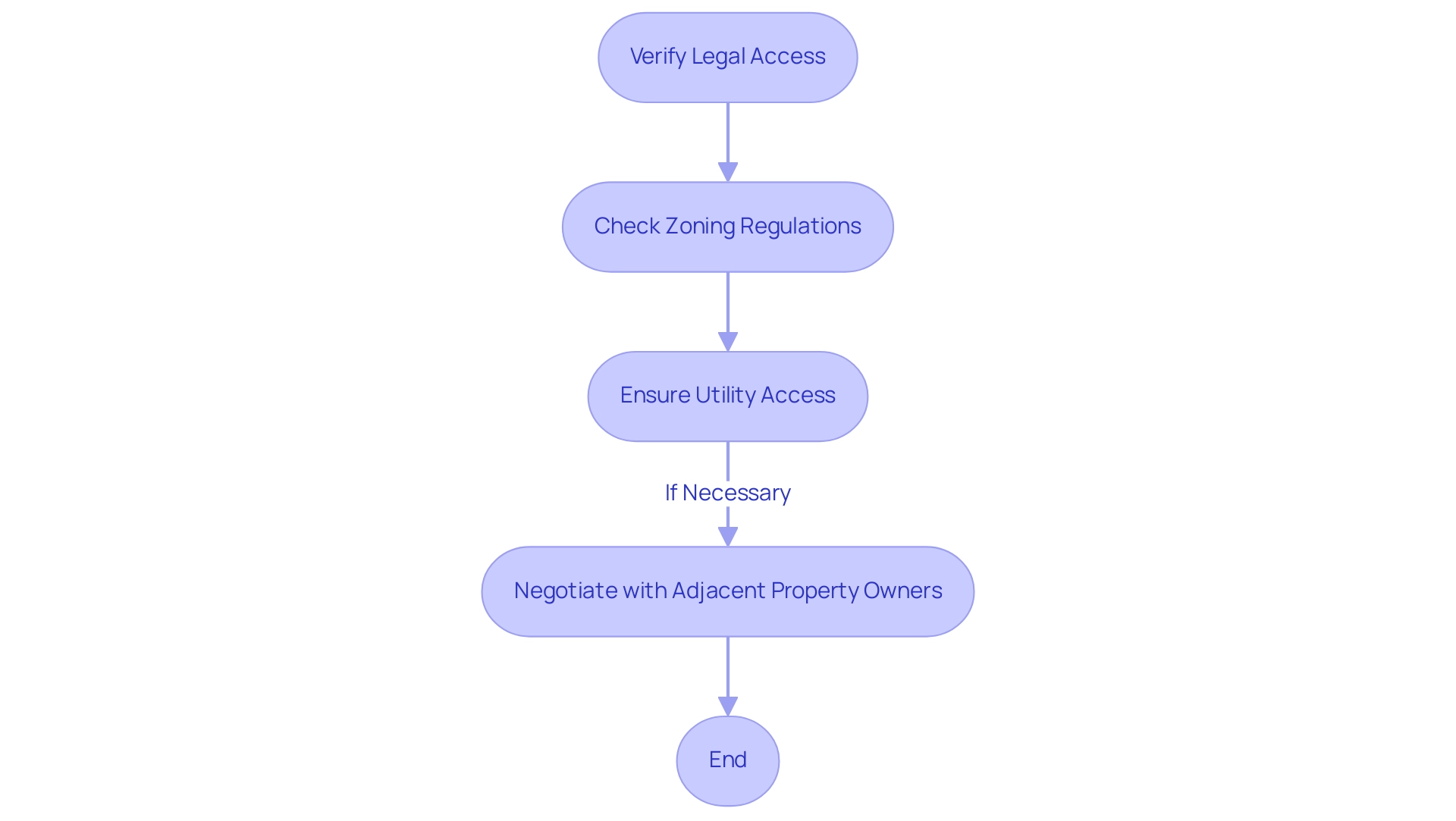
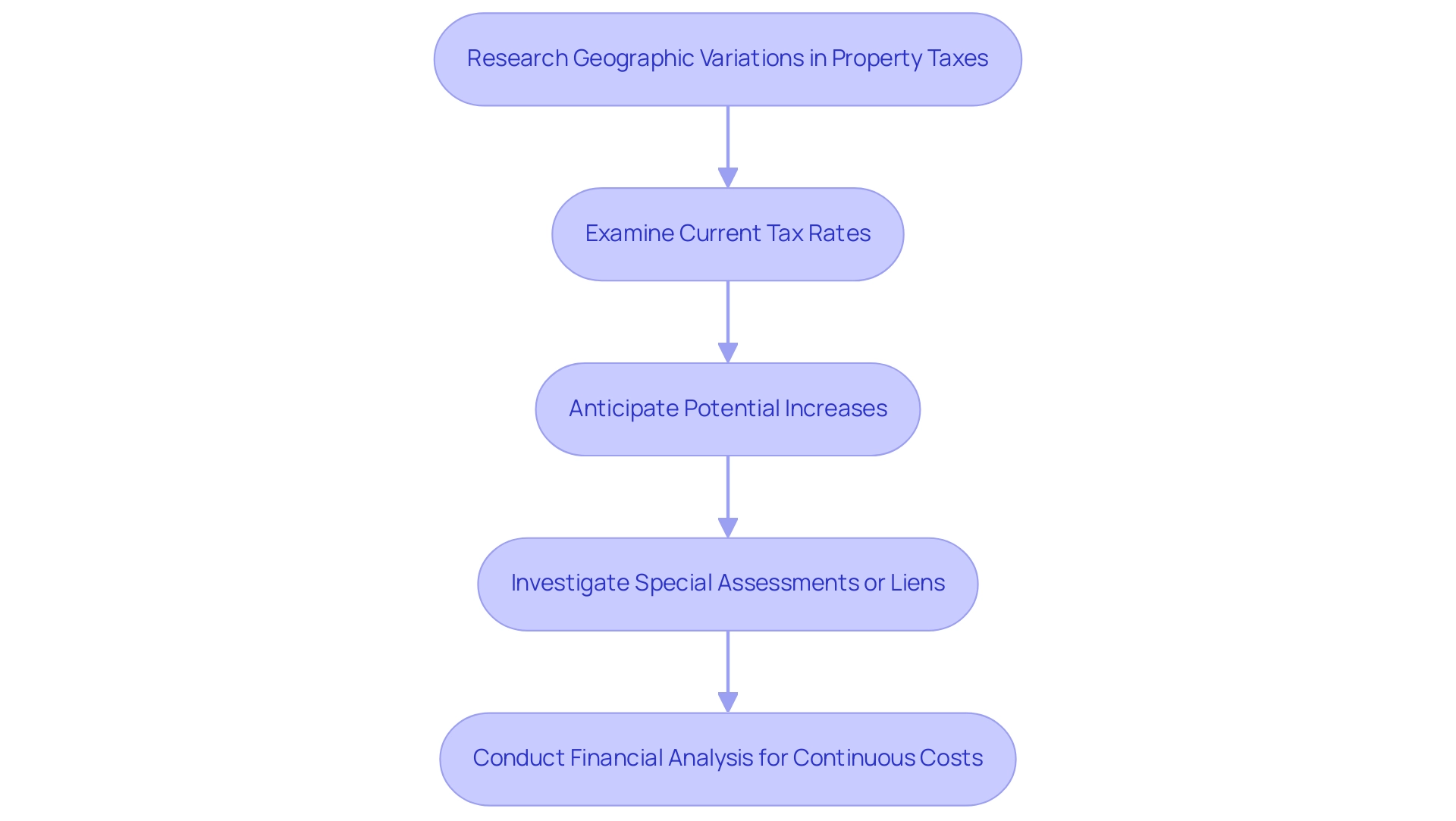
0 Comments